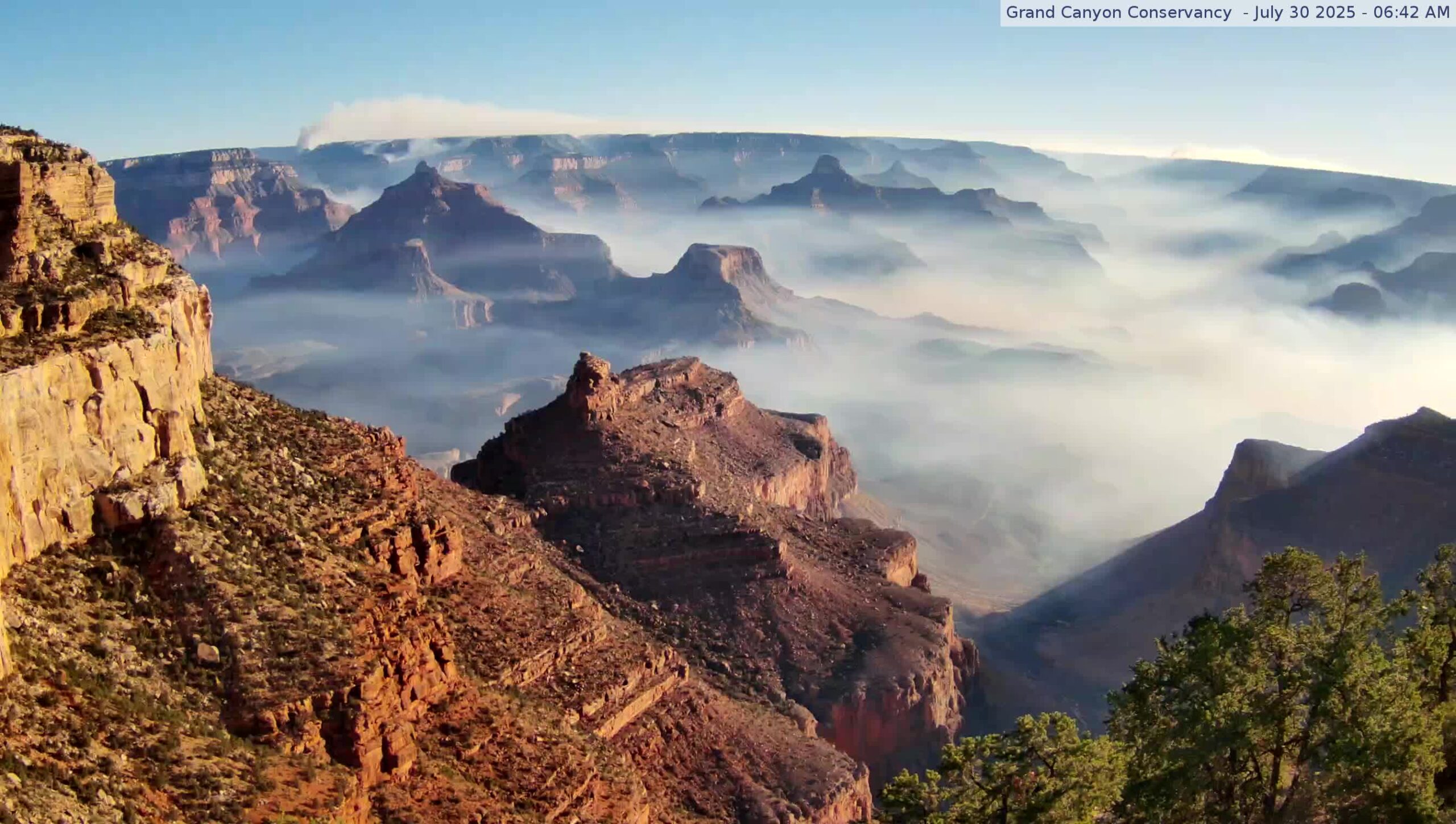What we’re watching: Weekly disaster update, August 4

We know all too well that disaster can strike anytime, anywhere in the world. Some disasters make headlines; others do not. Here at the Center for Disaster Philanthropy (CDP), we monitor the status of disasters worldwide and compile a list of the ones we’re tracking weekly, along with relevant disaster-related media coverage.
Here’s what we’re watching for the week of Aug. 4, 2025.
New or Emerging Disasters
Flooding – Nigeria: At least 25 people died and 11 remain missing after heavy rainfall caused extreme flooding across Adamawa State on July 27. The government has set up camps for the 5,560 people who have been displaced by the floods.
The wet season in Nigeria has become more dangerous in recent years due to prolonged dry spells followed by torrential rains caused by climate change.
Flooding – China: Between July 23 and 29, at least 44 people have died in Beijing from the deadliest flooding to hit the capital since 2012. The city has evacuated 70,000 residents ahead of torrential rainfall forecast for this week. The risk of flash flooding and landslides is “extremely high,” according to Chinese authorities.
Drought – Hungary: Agricultural land in southern and central Hungary remains critically dry from a prolonged drought, even after recent rains. Climate change has reduced crop yields and groundwater levels to the extent that farmers are seeking alternative employment.
The drought has also killed honeybees, with some beekeepers losing up to 30% of their hives. Less vegetation has produced less pollen, sobeekeepers have had to shorten their honey-producing seasons.
Previous/Ongoing Disasters
Wildfire – Grand Canyon, Arizona: As of Aug. 4, the Dragon Bravo Fire in Arizona has burned 116,000 acres, reaching “megafire” status after doubling in size in just a few days. The air is so dry that it has dehydrated fuels on the ground to a greater degree than kiln-dried lumber.
This is currently the largest fire in the continental United States and is only 12% contained. The fire is so large that it has created its own weather, with pyrocumulus clouds, or “fire clouds,” forming above it. If these clouds develop downdrafts, the fire will become much harder to fight.
Complex Humanitarian Emergencies – Myanmar
When a country experiences political conflict, climate shocks, famine, economic challenges or other conditions, it may suffer a complex humanitarian emergency (CHE). CDP maintains complete profiles on several CHEs. Every week, we highlight these and other CHEs hoping to build awareness and philanthropic response.
Myanmar is grappling with a worsening humanitarian crisis as deadly floods from monsoon rains, the recent Cyclone Wipha and the catastrophic earthquake in March compound the effects of ongoing conflict.
Key facts:
- Over 3.3 million people are internally displaced, with emergency services overwhelmed in flood-hit regions like Bago, Kayin and Mon. Access to relief efforts is extremely restricted by escalating violence, leading to critical shortages of food, clean water and medical supplies.
- The World Health Organization has reported rising outbreaks of diseases such as acute watery diarrhea, dengue, malaria, measles and polio in overcrowded camps, exacerbated by attacks on health care facilities and dire funding shortfalls.
- Humanitarian health services have reached 306,000 people across 59 townships—67% of the targeted population—mirroring the 67% of required funding that was received. Deadly attacks on health care rose sharply, with 27 incidents verified by WHO and 143 reported by Insecurity Insight so far in 2025. US funding cuts further forced the suspension of 65 health facilities and 38 mobile clinics inside Myanmar.
What We’re Reading
- The Hunger Crisis In Gaza And Beyond: 1A – NPR
- Grassroots groups in Uganda are keeping GBV services going despite the cuts – The New Humanitarian
- When It’s This Hot, ‘We Are Enduring, Not Living’ – The New York Times
A moment of hope… Chile has started using goats to help mitigate the destruction caused by wildfires. The Buena Cabra (“Good Goat”) project was developed in 2016 by biologist Rocío Cruces and forestry engineer Víctor Faúndez with the help of conservationists. The 250-goat herd is deployed in ‘strategic grazing’ locations around Chile’s central Biobío region, 340 miles from Santiago, creating natural firebreaks by feasting on fire-hazardous shrubs.
In 2023, 30 families found shelter in a goat-grazed safety zone amid Chile’s deadliest wildfires in a decade. To date, this project has saved 600,000 square miles of land from burning in fires.
